www.rhci-online.net/radiogram/radiogram.htm
██╗ ██╗██████╗ ██████╗ ██████╗ █████╗ ██████╗ ██╗ ██████╗ ██████╗ ██████╗ █████╗ ███╗ ███╗ ██║ ██╔╝██╔══██╗██╔════╝ ██╔══██╗██╔══██╗██╔══██╗██║██╔═══██╗██╔════╝ ██╔══██╗██╔══██╗████╗ ████║ █████╔╝ ██████╔╝██║ ██████╔╝███████║██║ ██║██║██║ ██║██║ ███╗██████╔╝███████║██╔████╔██║ ██╔═██╗ ██╔══██╗██║ ██╔══██╗██╔══██║██║ ██║██║██║ ██║██║ ██║██╔══██╗██╔══██║██║╚██╔╝██║ ██║ ██╗██████╔╝╚██████╗ ██║ ██║██║ ██║██████╔╝██║╚██████╔╝╚██████╔╝██║ ██║██║ ██║██║ ╚═╝ ██║ ╚═╝ ╚═╝╚═════╝ ╚═════╝ ╚═╝ ╚═╝╚═╝ ╚═╝╚═════╝ ╚═╝ ╚═════╝ ╚═════╝ ╚═╝ ╚═╝╚═╝ ╚═╝╚═╝ ╚═╝
|
RSID: <<2014-08-23T11:30Z
MFSK-64 @ 6095000+1500>>
<STX>
An interesting article about the future of shortwave broadcasting
was published 15 August by the U.S. trade publication Radio
World.
"International Broadcasters Reconsider Shortwave"
by James Careless
http://www.radioworld.com/article/international-broadcasters-reconsider-shortwave/271847
It includes mention of the VOA Radiogram project --
www.voaradiogram.net .
<EOT>
<STX>
Sending Pic:202x34C;
![]()
<EOT>
<STX>
Thanks to The Mighty KBC...
<EOT>
██╗ ██╗ ██████╗ █████╗ ██████╗ █████╗ ██████╗ ██╗ ██████╗ ██████╗ ██████╗ █████╗ ███╗ ███╗ ██║ ██║██╔═══██╗██╔══██╗ ██╔══██╗██╔══██╗██╔══██╗██║██╔═══██╗██╔════╝ ██╔══██╗██╔══██╗████╗ ████║ ██║ ██║██║ ██║███████║ ██████╔╝███████║██║ ██║██║██║ ██║██║ ███╗██████╔╝███████║██╔████╔██║ ╚██╗ ██╔╝██║ ██║██╔══██║ ██╔══██╗██╔══██║██║ ██║██║██║ ██║██║ ██║██╔══██╗██╔══██║██║╚██╔╝██║ ╚████╔╝ ╚██████╔╝██║ ██║ ██║ ██║██║ ██║██████╔╝██║╚██████╔╝╚██████╔╝██║ ██║██║ ██║██║ ╚═╝ ██║ ╚═══╝ ╚═════╝ ╚═╝ ╚═╝ ╚═╝ ╚═╝╚═╝ ╚═╝╚═════╝ ╚═╝ ╚═════╝ ╚═════╝ ╚═╝ ╚═╝╚═╝ ╚═╝╚═╝ ╚═╝
RSID: <<2014-08-23T16:01Z
MFSK-32
@ 17860000+1500>>
<STX>
Welcome to program 73 of VOA Radiogram from the Voice of America.
I'm Kim Andrew Elliott in Washington.
Here is the lineup for today's program (MFSK32):
1:31 Program preview (now)
2:32 Congressional staffs urged to use Wikipedia
6:38 Electric propulsion for spacecraft, with image
15:12 Biobattery tattoo produces energy, with image
20:54 Reconsidering shortwave broadcasting, with image
26:06 Closing announcements
Please send reception reports to radiogram@voanews.com.
And visit voagradiogram.net.
Twitter: @VOARadiogram.
<EOT>
<STX>
VOA NEWS
US Congressional Staffs Urged to Update Wikipedia Pages
Kells Hetherington
August 19, 2014
A libertarian public policy organization based in Washington was
on Capitol Hill Monday, urging U.S. House and Senate staff
members to more effectively utilize the popular Internet site
Wikipedia to inform the public about key legislation in Congress.
The CATO Institute said that during a recent 90-day period,
almost 400,000 people clicked on Wikipedia to find out about
"important" legislation.
Wikipedia is a free Internet encyclopedia to which nearly anyone
can gain access and edit information. The non-profit group that
runs Wikipedia says it is the sixth most popular website in the
world, with nearly 500 million unique visitors each month.
The CATO Institute told lawmakers Monday that the site should be
a tool utilized by members of Congress and their staffs.
Some congressional staffers said their bosses are hesitant to
allow them to post relevant information on Wikipedia. Many
lawmakers prefer other sites like Facebook or Twitter to
communicate with the public.
The CATO Institute advocates less government and increased
transparency. It asserts that Wikipedia entries offer a far more
effective way of communicating with the average constituent than
either the traditional media or press releases published on a
member of Congress' own web page.
According to a CATO senior fellow, Jim Harper, "Americans in huge
numbers are looking for information about what Congress is doing.
And the best source of information about what is happening in
Congress is the staffers who are writing the bills. We think
getting those staffers to participate in Wikipedia will vastly
increase the information that is available to the public."
In the early days of Wikipedia, there was controversy about
members of Congress or their staffs editing the personal pages
that describe politicians and their histories to make them look
better. CATO said such criticism could be muted if staff members
would think in terms of writing a news report and linking to
their sources.
"So a custom grew up that there should not be Wikipedia editing
by congressional staff. That unfortunately has prevented good
information from getting on Wikipedia and getting out to the
public, Harper said. "So we are working to try and change the old
consensus that congressional staff should not edit Wikipedia."
The Institute says it is updating and creating pages about
legislation that goes to the floor for a vote, and that it has
its own staff working on Wikipedia entries.
http://www.voanews.com/content/libertarian-group-urges-congressional-staffs-to-update-wikipedia-pages/2418236.html
<EOT>
<STX>
This is VOA Radiogram from the Voice of America.
Please send reception reports to radiogram@voanews.com.
VOA NEWS
Electric Engines Keep Many Satellites in Orbit
George Putic, KI4FNF
August 16, 2014
Among the challenges of deep-space travel is the amount of fuel
needed for long flights. One of the solutions could be the
electrical engine, powered by electricity from solar panels. Such
engines already are in use aboard many satellites.
Physicists consider gravity a weak force. After all, we overcome
its pull each morning when we get out of bed!
However, launching a satellite requires more effort: a large
rocket and a lot of chemical fuel, which is quickly burned as it
powers upward. Once the payload reaches about 160 kilometers
above the earth, the effect of gravity has weakened enough for it
to stay in orbit.
A one-way mission into deep space would require even more fuel,
according to NASA senior technologist for space propulsion,
Michael Patterson.
"For any mission application, particularly in deep space, the
energy required to do the mission is huge, so the propellant
fraction is typically quite large," he said.
Patterson said in the 1950s, the space agency started
experimenting with so-called electric propulsion, or EP - - a jet
of electrically charged particles that does not require too much
power. Once in space, an EP-craft would keep gradually
accelerating toward its destination, moving faster and faster the
longer it travels. After four years, for example, it could be
travelling at 10 kilometers a second.
Ion jets
That makes it ideal for long-range missions. But while NASA was
testing EP for deep-space voyaging, engineers found another
application for ion jets closer to our home planet.
The gravity of the sun, moon and earth constantly pull on
geosynchronous commercial satellites, which stay in the same
position relative to earth. Electric propulsion proved to be very
useful for making sure that they stay in their required position.
Patterson says out of approximately 250 geosynchronous satellites
in orbit today, about 43 percent have some form of EP on board.
Applications for deep space missions had to wait for another
decade.
"It wasn't until the 1990s where electric propulsion actually
started being used by NASA for a NASA mission and that was with
the advent if the ion thruster technology that was flown on the
Deep Space One mission."
Efficient propulsion
Scientists continue to experiment with other forms of propulsion
that require even less energy. While NASA is developing the next
generation ion propulsion system called NEXT, others are
experimenting with more radical concepts, such as Q-Thruster,
that uses radio-frequency microwaves instead of charged particle
jets.
Critics call it "the impossible engine," saying that the concept
violates the basic principles of physics, while proponents say
they have proof that it has actually generated thrust.
Patterson points out that EP is not appropriate for crewed
missions in earth's orbital environment or for travel to the
moon, because it would take too long.
"Crossover point is in the kind of, Mars kind of destination, or
beyond, meaning, if you have enough power on board it starts to
possibly may make sense to use electrical propulsion for a crewed
mission," said Patterson.
He said for now, however, it would be reasonable to use EP for
big unmanned vehicles taking cargo to Mars orbit, to support
human infrastructure on the ground.
http://www.voanews.com/content/electric-engines-keep-many-satellites-in-orbit/2415418.html
<EOT>
<STX>
Image: A cutting-edge solar-electric propulsion thruster that
uses xenon ions for propulsion, in development at NASA's Jet
Propulsion Laboratory, Pasadena, California (NASA/JPL-Caltech)
...
<EOT>
<STX>
Sending Pic:232x221C;
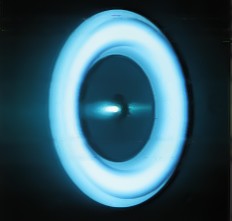
<EOT>
RSID: <<2014-08-23T16:15Z
MFSK-32 @ 17860000+1500>>
<STX>
This is VOA Radiogram from the Voice of America.
Please send reception reports to radiogram@voanews.com.
VOA NEWS
Biobattery Tattoo Turns Sweat Into Energy
Matthew Hilburn
August 13, 2014
One day, the sweat you produce during exercise could power small
electronic devices.
Researchers at the University of California San Diego have
designed what they're calling a biobattery in the form of a
temporary tattoo.
The battery works by "detecting and responding to lactate," which
is found in sweat. When your body needs more energy because of
physical exertion, a process called glycolysis occurs. Glycolysis
basically turns sugars into usable energy for the body. A
byproduct of this process is lactate.
The biobattery tattoo contains an enzyme that "strips electrons
from lactate," which creates an electrical current. That enzyme
was imprinted on tattoo paper to finish the device. While the
tattoo is about a centimeter square, the electrodes are only two
or three millimeters in size.
"These represent the first examples of epidermal electrochemical
biosensing and biofuel cells that could potentially be used for a
wide range of future applications," said researcher Joseph Wang
in a statement.
Researchers put the tattoos, which cost "a few cents" to make, on
the upper arms of several volunteers who exercised on stationary
bicycles for half an hour.
More exercise did not mean more power generation, however.
The less fit volunteers actually produced more energy than their
fit counterparts. Researchers said this was likely due to the
earlier onset of glycolysis and production of lactate in the less
fit volunteers.
So far, the current generated has been weak, a mere 70 microwatts
per square centimeter of skin. That would not be enough to power
a watch. However, researcher Wenzhao Jia said two or three of
the tattoos would probably provide enough power.
"The current produced is not that high, but we are working on
enhancing it so that eventually we could power some small
electronic devices," said Jia.
Another possibility for the biobatteries would be to put them in
clothing which would provide a large surface area, Jia said.
If the researchers are able to make the biobatteries viable, they
could offer advantages over conventional batteries in that they
charge more quickly, use a renewable source of energy and would
not explode or contain toxic chemicals.
The team described the biobatteries at the 248th National Meeting
& Exposition of the American Chemical Society in San Francisco.
http://www.voanews.com/content/tattoo-biobatter-turns-sweat-into-energy/2412493.html
<EOT>
<STX>
Image: Closeup of the tattoo biosensor...
<EOT>
<STX>
Sending Pic:193x142C;
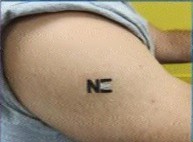
<EOT>
<STX>
This is VOA Radiogram from the Voice of America.
Please send reception reports to radiogram@voanews.com.
Next is an excerpt of an article from the trade publication Radio
World...
International Broadcasters Reconsider Shortwave
by James Careless
08.15.2014
"[I]nternational broadcasters have reduced their shortwave
broadcasts in favor of the Web, or — in the case of [Radio Canada
International] — abandoned shortwave entirely for the Web. RCI's
massive shortwave antenna and transmitter farm in Sackville, New
Brunswick, which provided stellar coverage of Europe during the
Cold War, has since been torn down.
"It's amazing how many of the major shortwave broadcasters have
abandoned shortwave — completely or mostly — since the fall of
the Berlin Wall," said Jeff White, founder and general manager of
Radio Miami International. WRMI is a United States-based
commercial shortwave broadcaster, which covers the Americas,
Europe and Africa via its 13-transmitter, 23-antenna facility
located in Florida.
Mindful of radio's continuing Third World popularity, the BBC and
VOA have at least "maintained shortwave transmissions to places
like Africa, the Middle East and parts of Asia and Latin
America," White said. "But some of them, including the Voice of
Russia, have ended all shortwave transmissions. The large
religious shortwave broadcasters have more-or-less followed
suit."
Full text (including mention of VOA Radiogram):
http://www.radioworld.com/article/international-broadcasters-reconsider-shortwave/271847
<EOT>
<STX>
Image: WRMI's transmitter site in Okeechobee, Florida is located
on a one-square-mile cattle ranch. It is the largest privately
owned shortwave station in the Western Hemisphere (WRMI photo).
<EOT>
<STX>
Sending Pic:240x180C;

<EOT>
RSID: <<2014-08-23T16:26Z
MFSK-32 @ 17860000+1500>>
Please send reception reports to radiogram@voanews.com.
And visit voaradiogram.net.
Twitter: @VOARadiogram
Thanks to colleagues at the Edward R. Murrow shortwave
transmitting station in North Carolina.
I'm Kim Elliott. Please join us for the next VOA Radiogram
This is VOA, the Voice of America.
<EOT>
RSID: <<2014-08-23T16:26Z
MFSK-64
@ 17860000+1500>>
<STX>
Sending Pic:506x45C;
![]()
<EOT>
RSID: <<2014-08-23T16:28Z
Feld Hell @ 17860000+1500>>
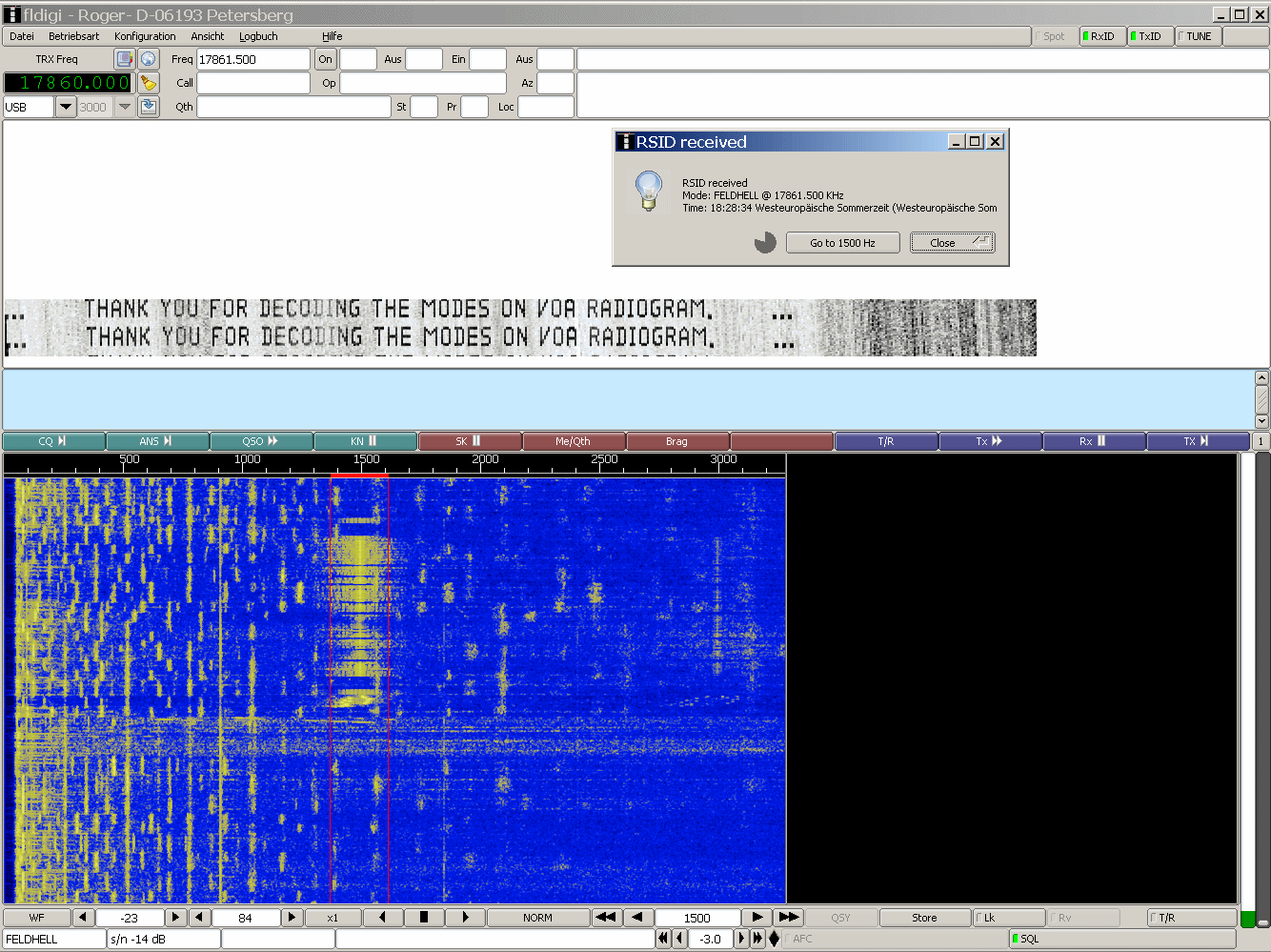
RSID: <<2014-08-23T16:29Z
MFSK-32 @ 17860000+1500>>
<STX>
<EOT>
www.rhci-online.net/radiogram/radiogram.htm
|
QTH: |
D-06193 Petersberg (Germany/Germania) |
|
Ant.: |
Dipol for 40m-Band |
|
RX: |
ICOM IC-R75 + IF-mixer |
|
Software IF: |
con STUDIO1 - Software italiano per SDR [SAM-USB] |
|
Software AF: |
|
|
OS: |
German XP-SP3 with support for asian languages |
|
PC: |
MEDION Titanium 8008 (since 2003) [ P4 - 2,6 GHz] |
DRM-images - received via EASYPAL/DSSTV on 14233kHz/USB (FRG-100 / Dipol for ~12 MHz)
Here are some pictures of ES4RC (ILMAR REIMANN, 46601 Vinni/Lääne-Virumaa, from Estonia) received today [2014-08-23]:
|
|
 |
|
|
|
|
|
|
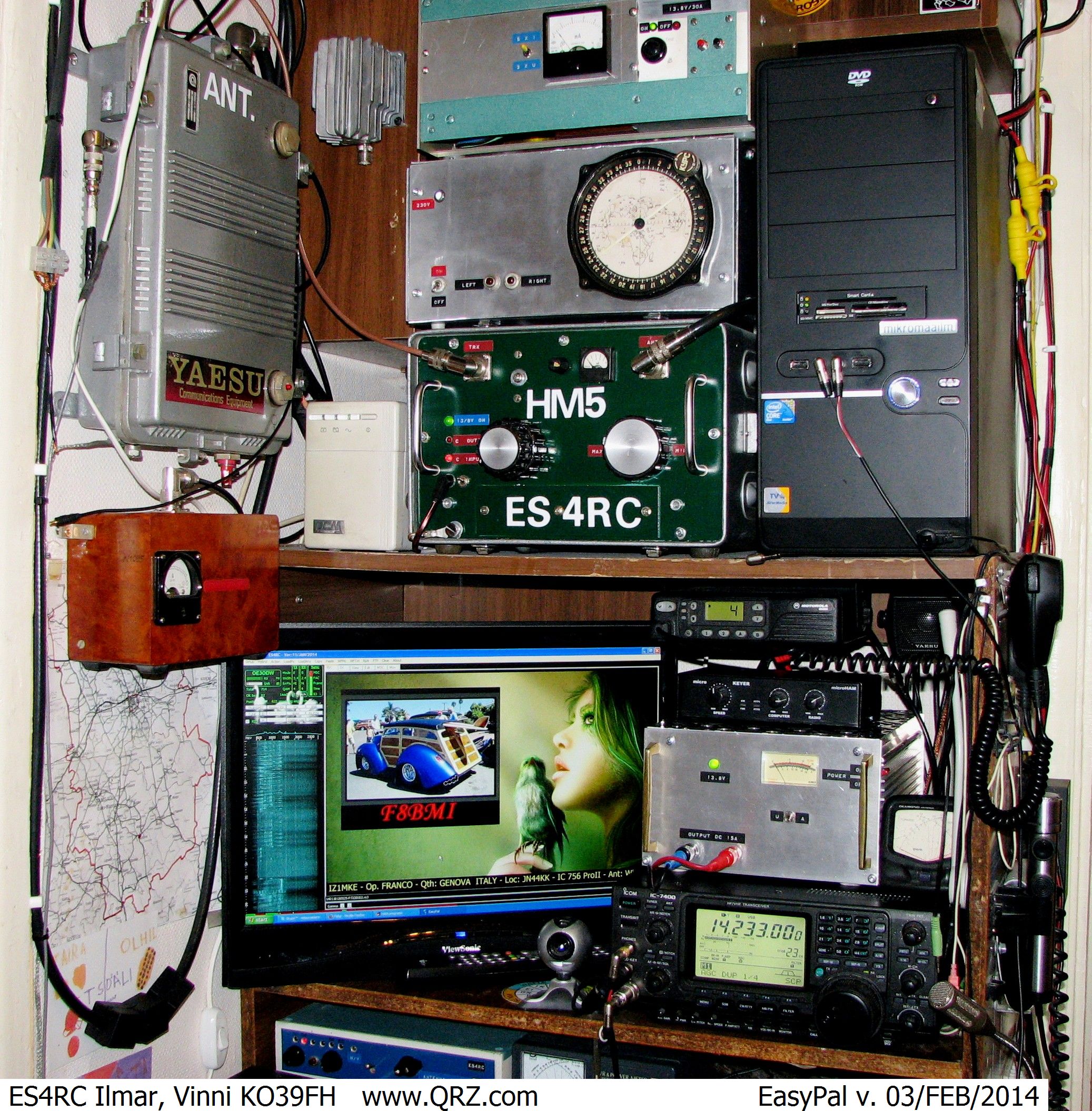 |
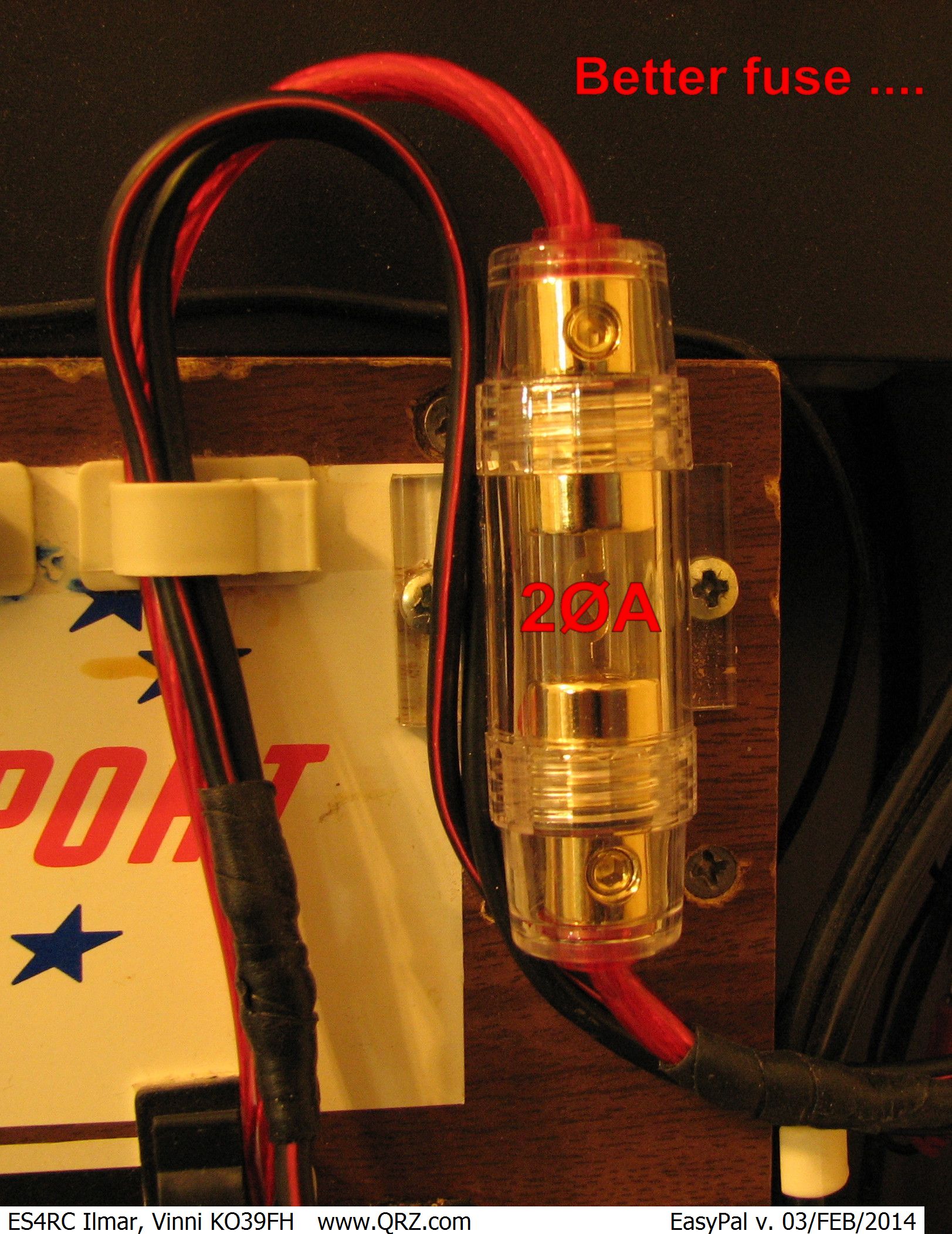 |
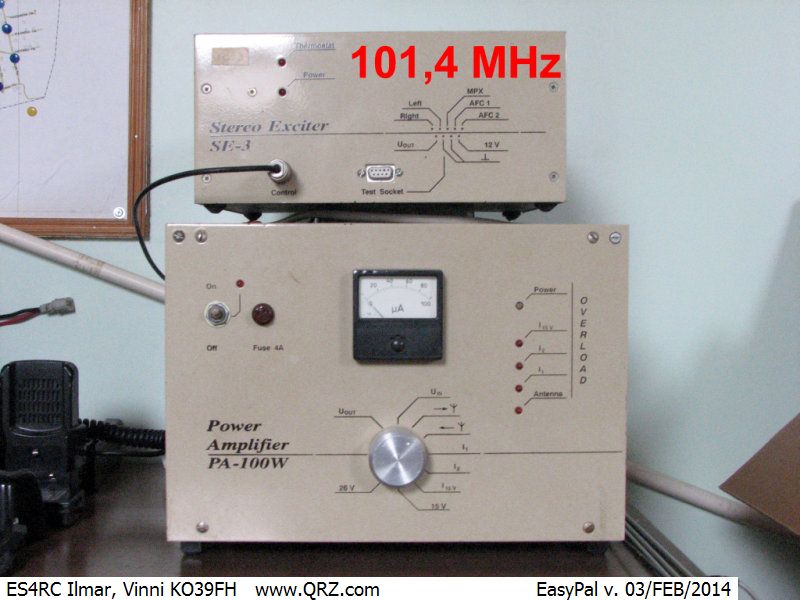 |
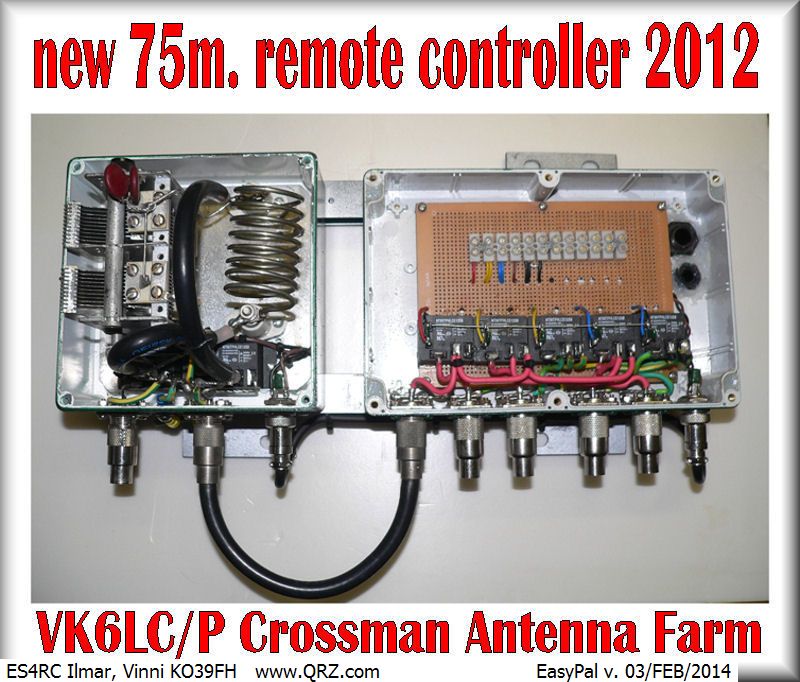 |
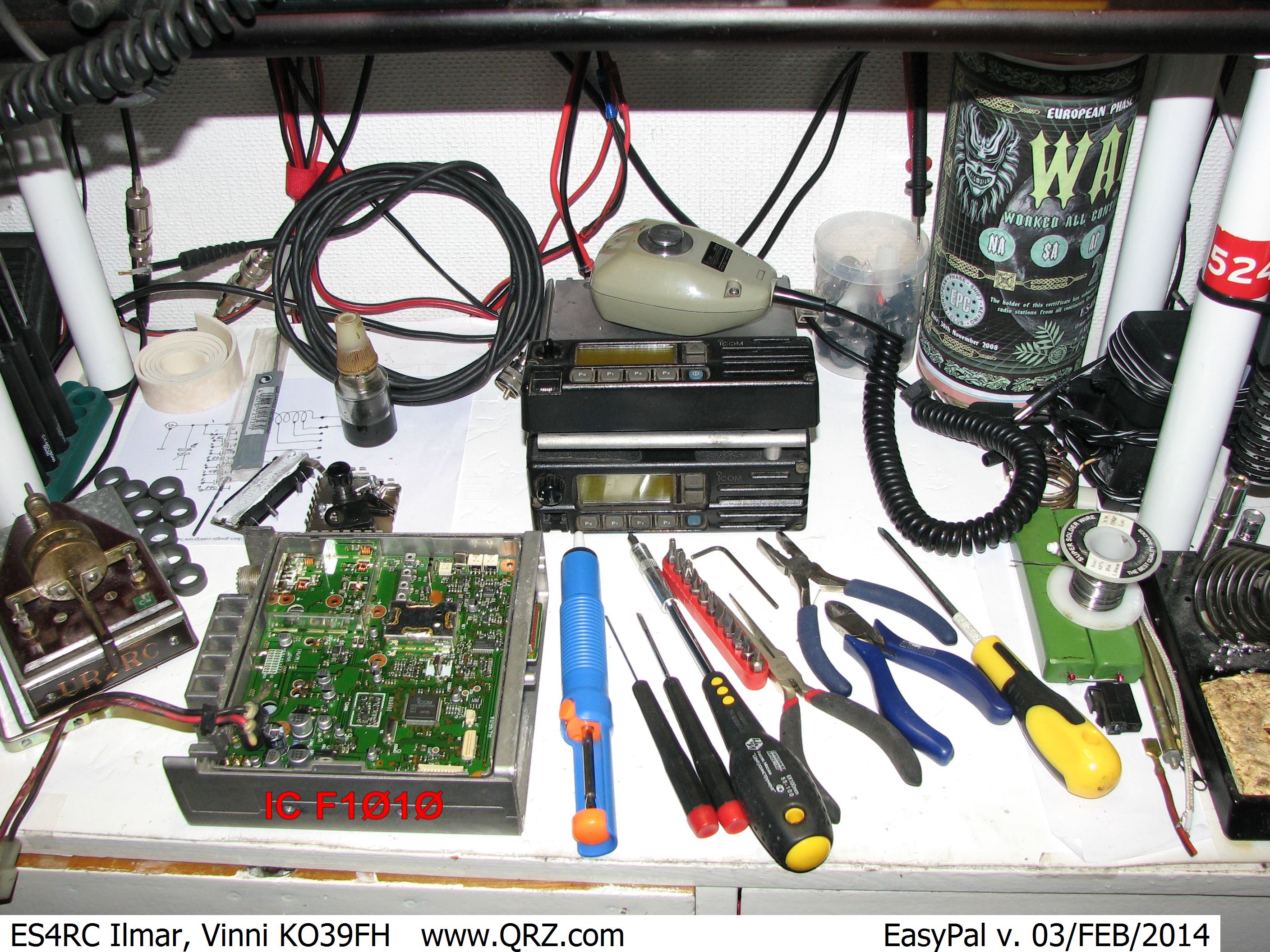 |
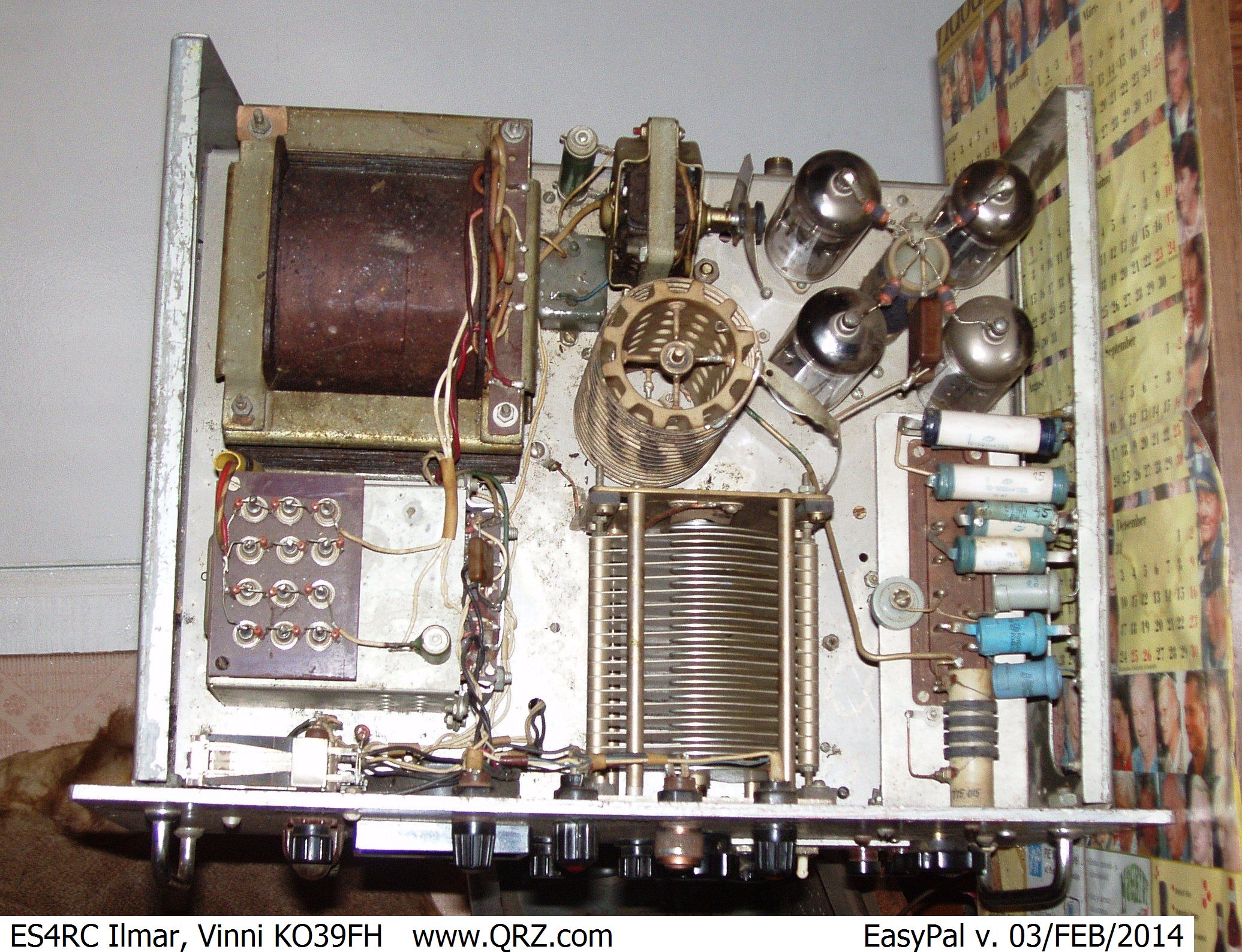 |
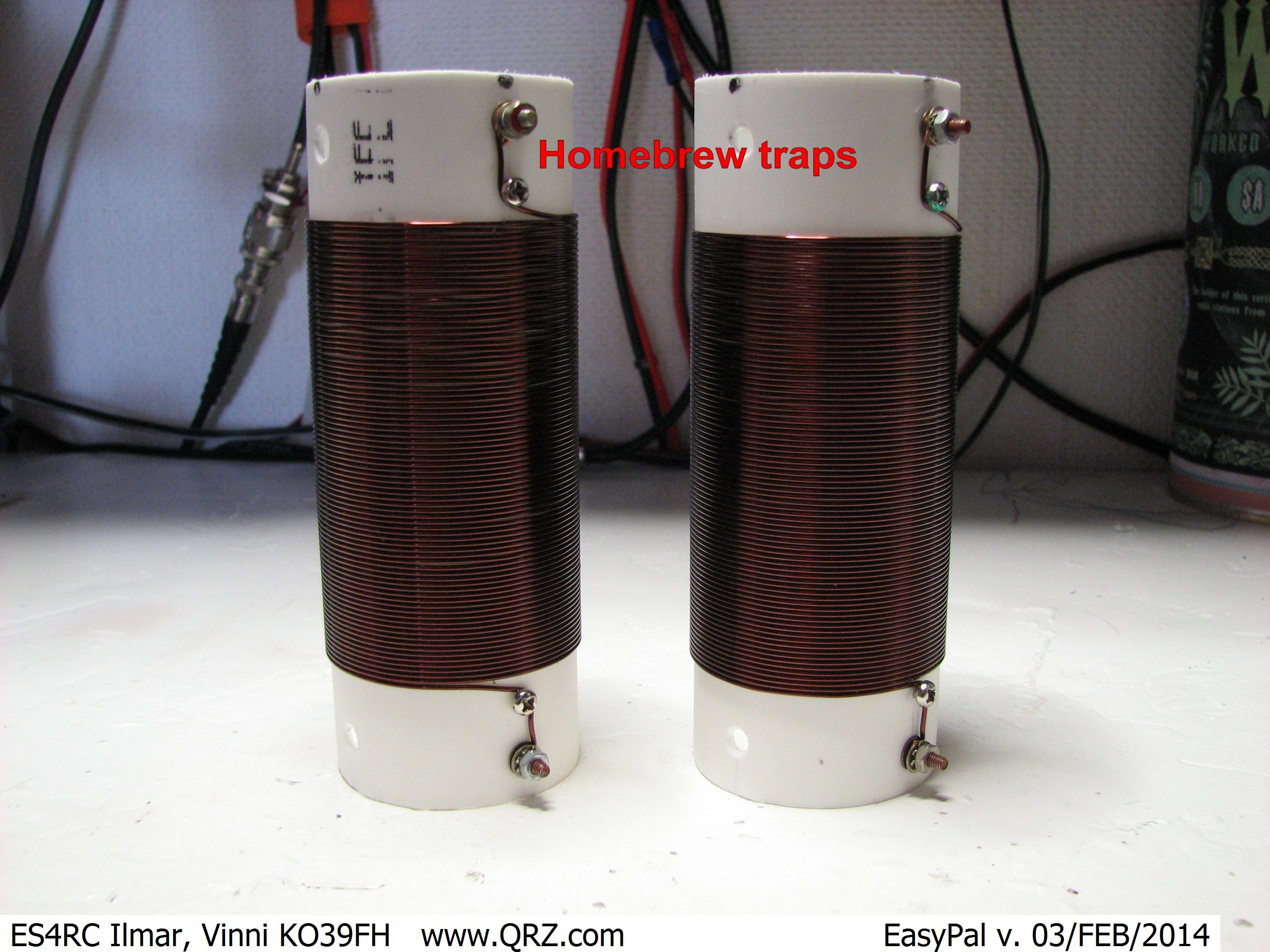 |
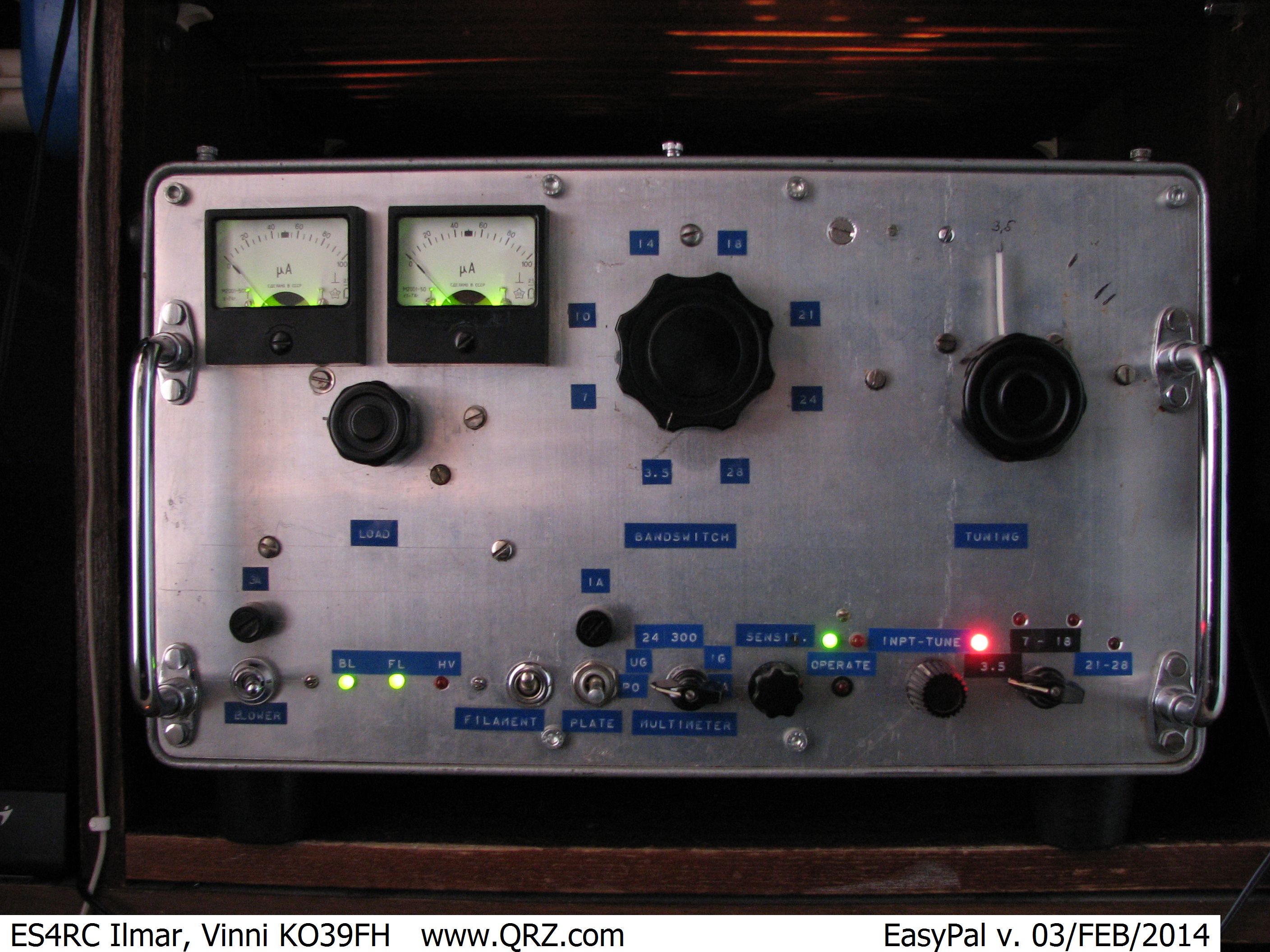 |
|
|
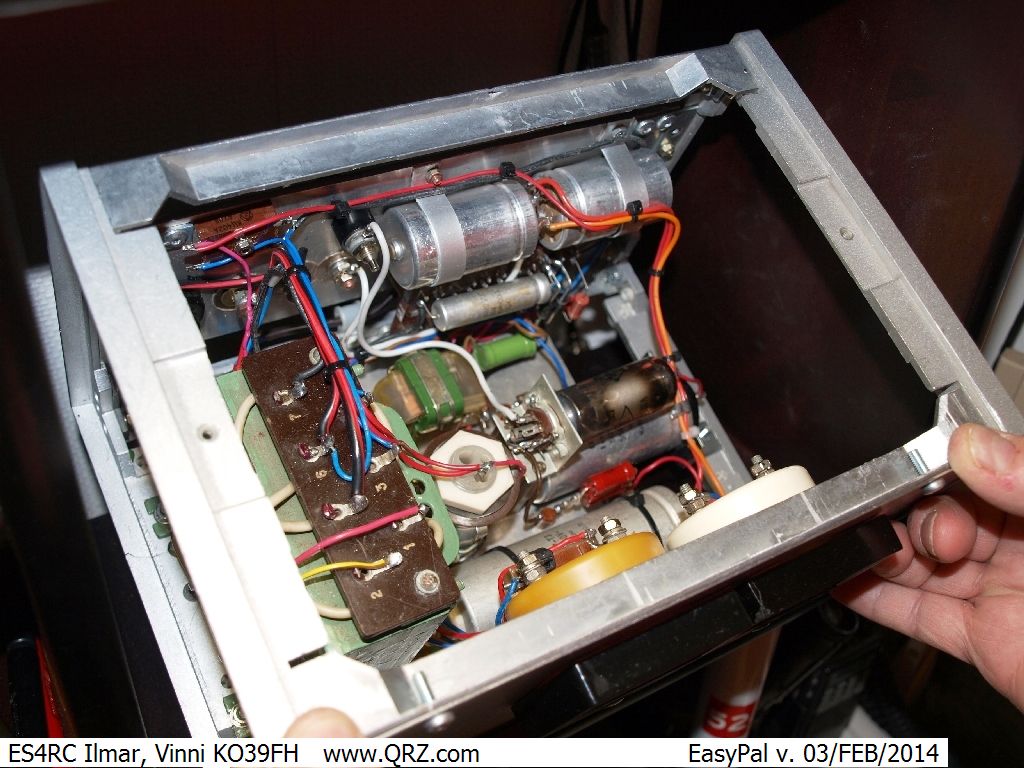 |
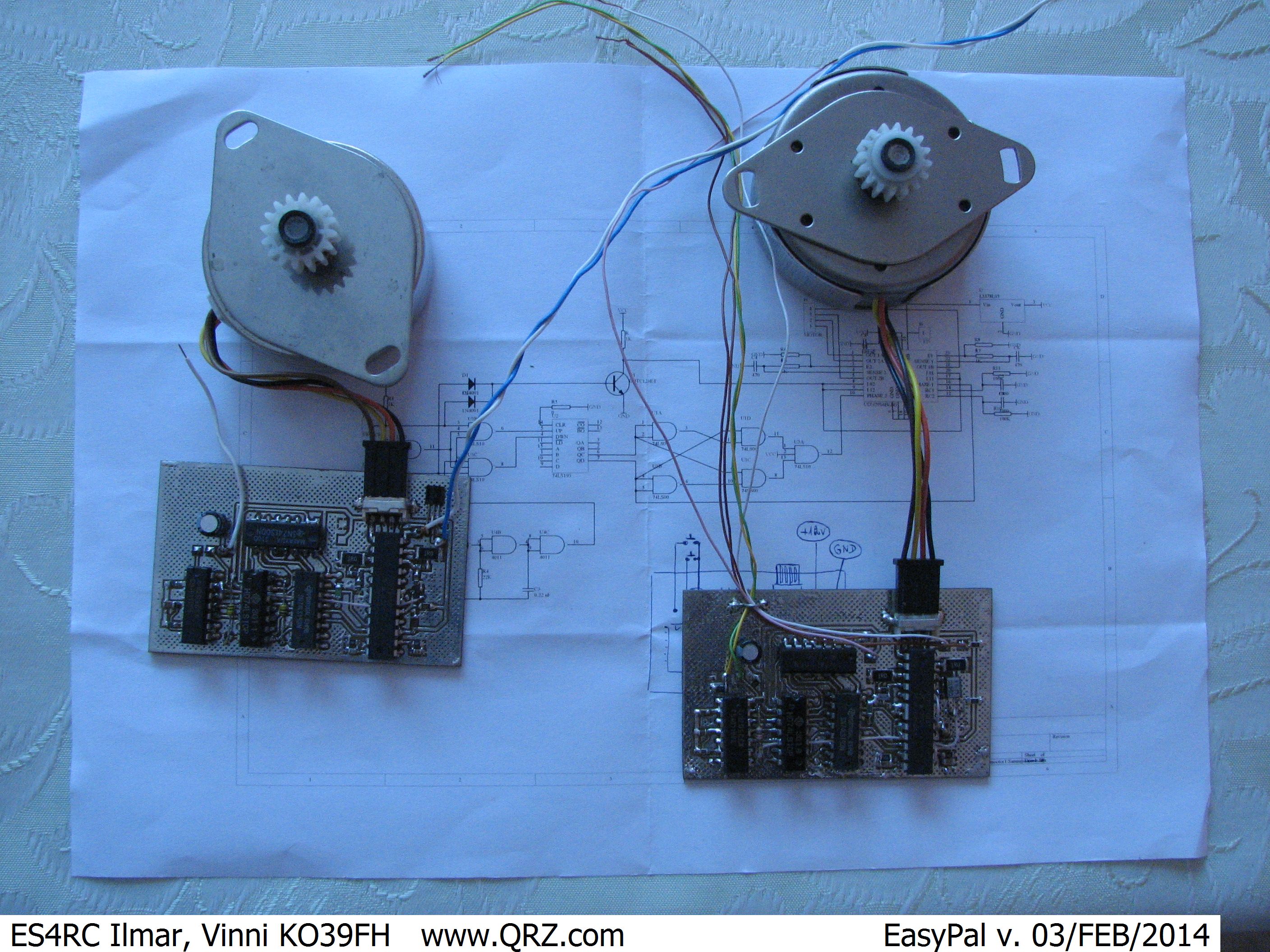 |
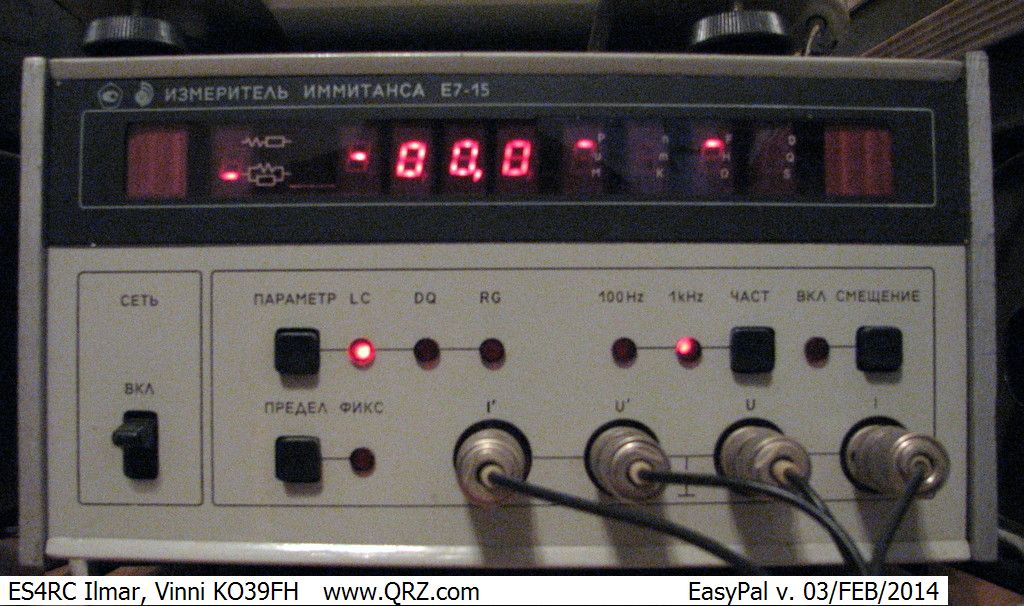 |
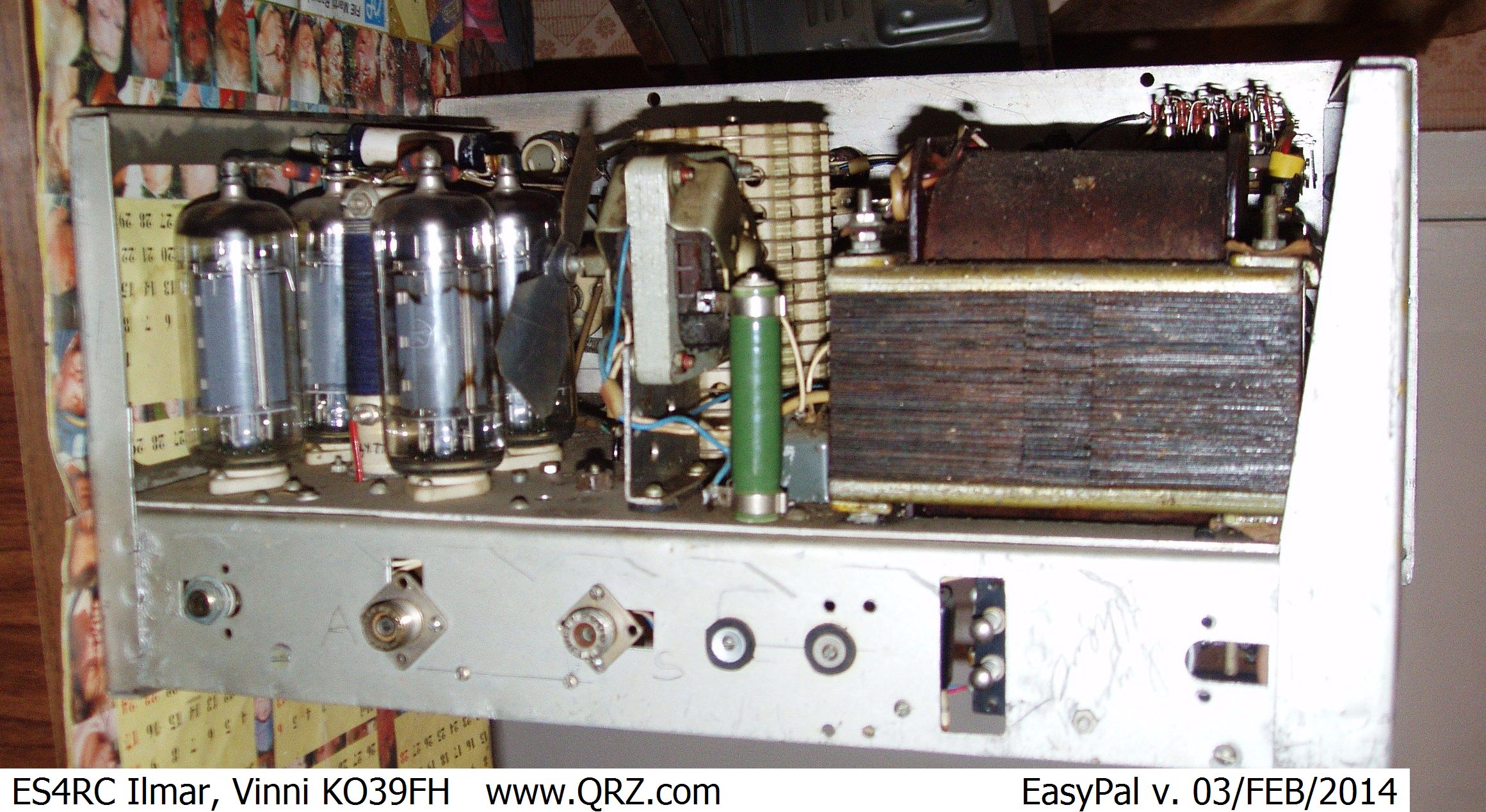 |
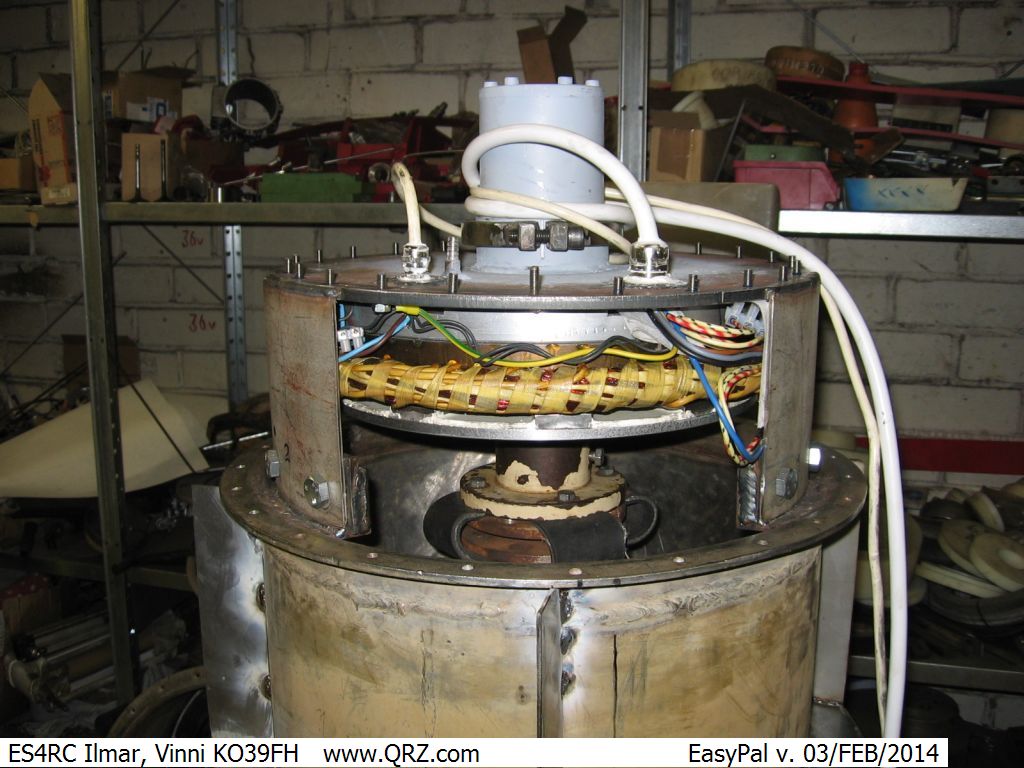 |
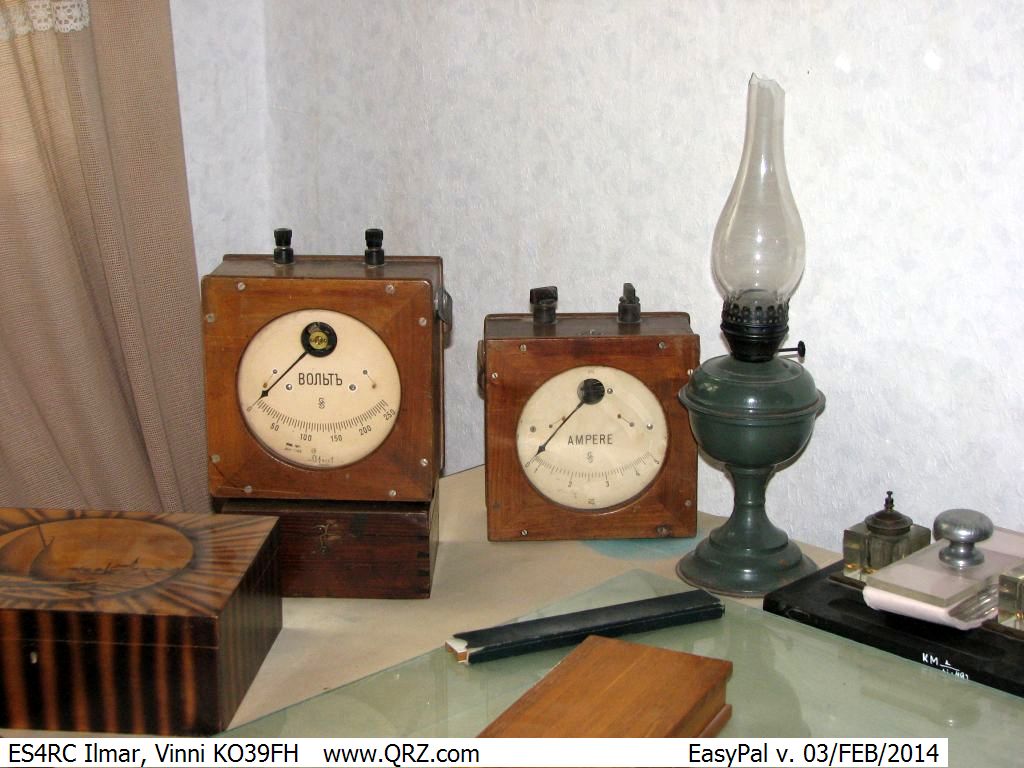 |
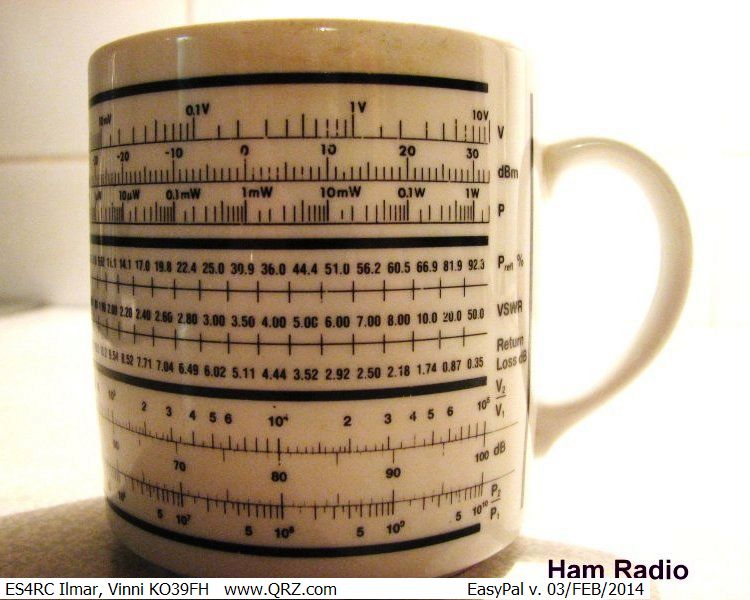 |
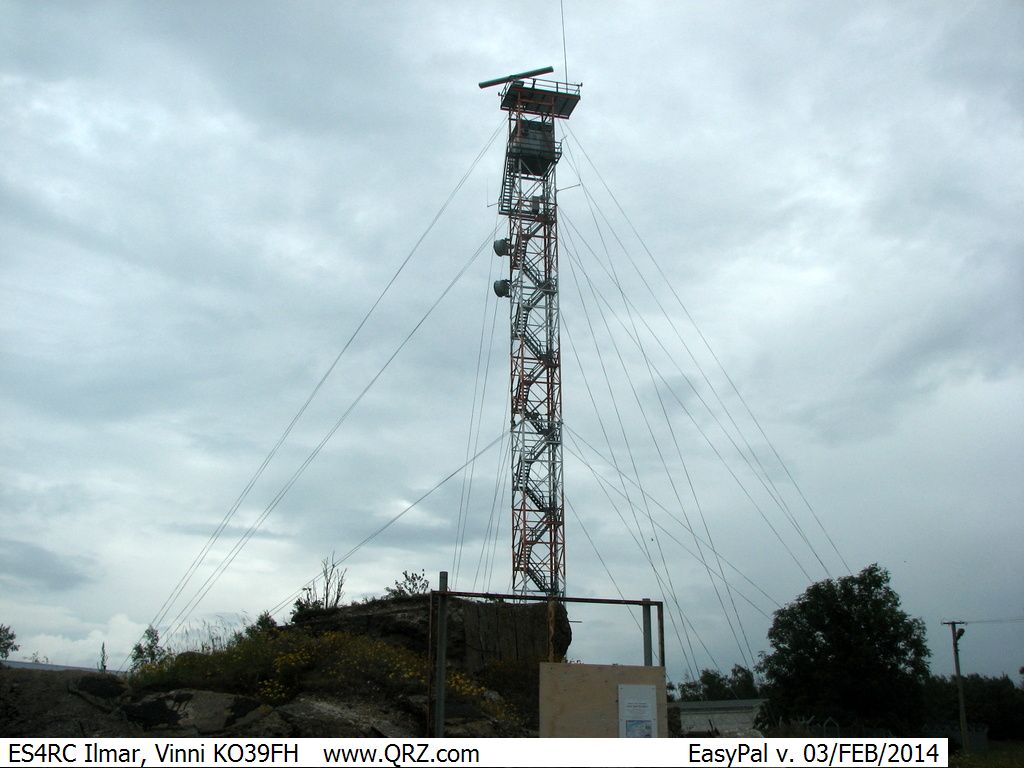 |
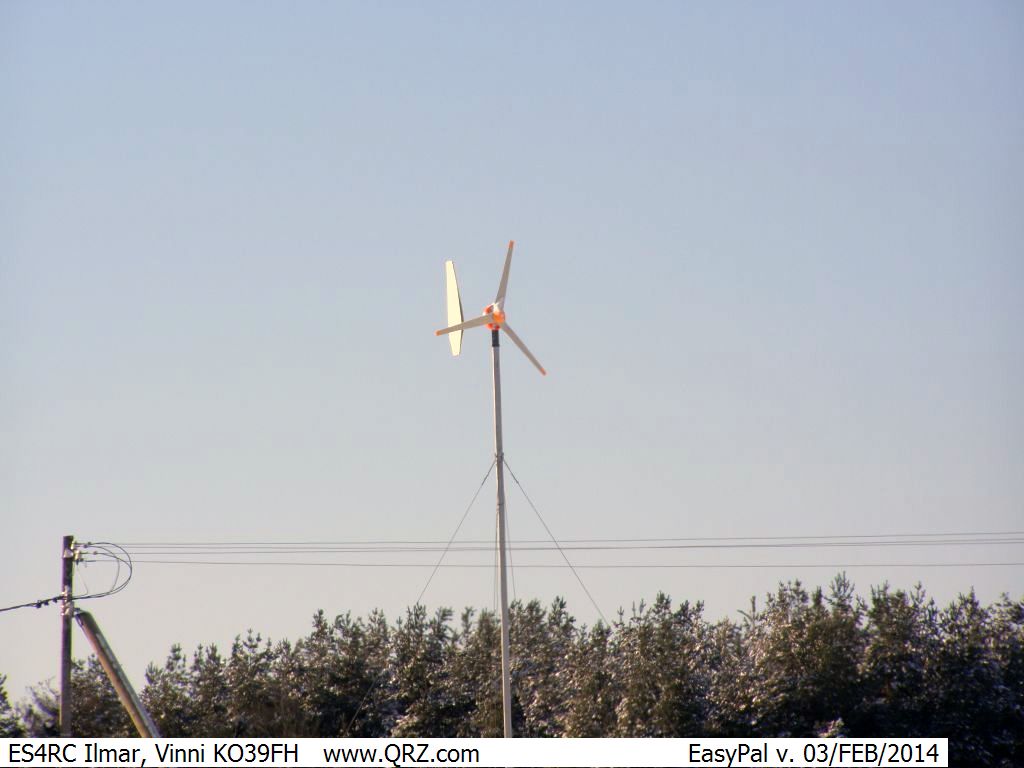 |
|
|
|
 |
 |
 |
 |
 |
 |
 |
 |
 |
 |
 |
 |
 |
 |
|
|
 |
 |
 |
 |
 |